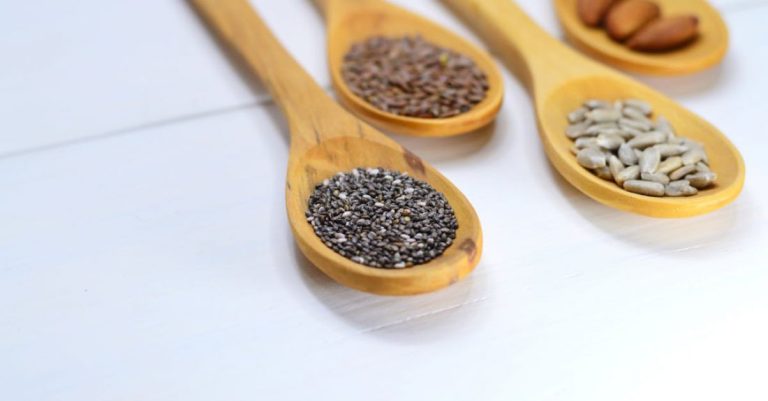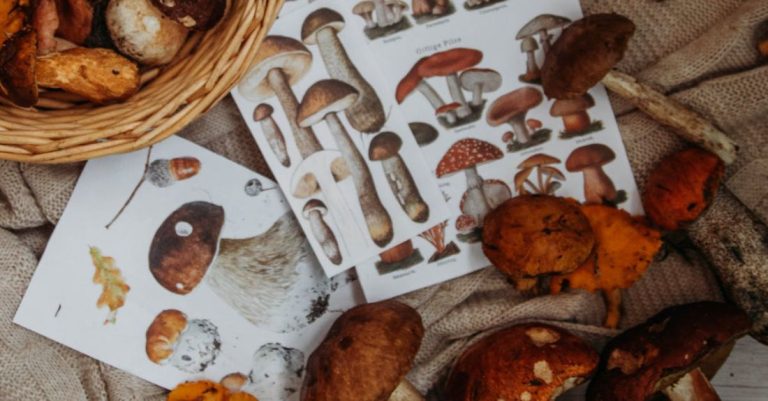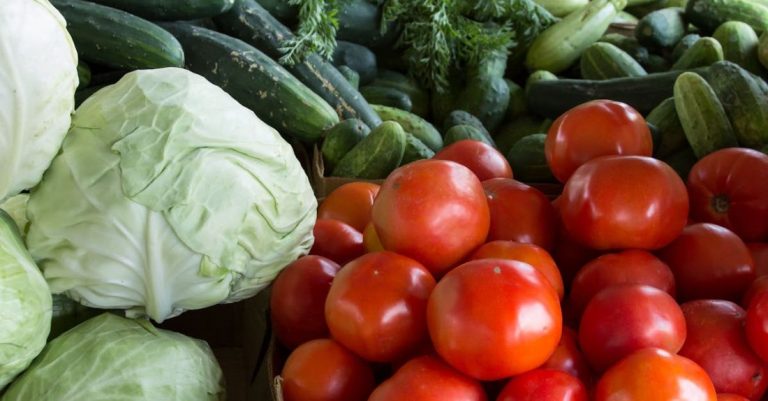
As the vibrant colors of autumn start to fade, it’s time to shift our focus to preparing our gardens for the upcoming winter months. Ensuring that your garden is adequately prepped for the colder weather can make a significant difference in its health and appearance come springtime. With a little bit of effort now, you can set the stage for a thriving garden next year. Here are some essential tips on how to prepare your garden for winter.
Mulching for Protection
One of the most crucial steps in winter garden preparation is mulching. Mulch acts as a protective barrier for your plants, shielding them from harsh winter conditions. It helps to regulate soil temperature, retain moisture, and prevent frost heaving, which can damage plant roots. Before the first frost sets in, apply a generous layer of mulch around your plants, making sure to cover the root zones adequately. Opt for organic mulch like shredded leaves, straw, or compost, as they will break down over time, enriching the soil in the process.
Pruning for Health
Pruning your garden plants before winter is essential for their overall health and vitality. Remove any dead or diseased branches, as they can spread pathogens and attract pests. Additionally, pruning helps improve air circulation and allows more sunlight to reach the plants, promoting better growth. Be sure to wait until late fall or early winter to prune, as doing it too early can stimulate new growth that may be damaged by frost.
Protecting Delicate Plants
Certain plants in your garden may be more sensitive to cold temperatures and require extra protection during winter. Tender perennials, potted plants, and newly planted shrubs are particularly vulnerable and may benefit from additional insulation. Consider covering these plants with burlap, frost cloth, or even old blankets to shield them from freezing temperatures and harsh winds. Be sure to remove the covers during the day to allow sunlight and air circulation.
Cleaning Up and Clearing Out
Before winter sets in, it’s essential to clean up your garden and remove any debris that could harbor pests or diseases. Clear out fallen leaves, dead foliage, and any plant debris to prevent fungal infections and pest infestations. Pull out any annual plants that have finished their lifecycle and compost them if they are disease-free. By tidying up your garden now, you’ll create a healthier environment for your plants and reduce the risk of problems in the spring.
Preparing Your Soil
Healthy soil is the foundation of a thriving garden, so it’s crucial to prepare it for the winter months ahead. Before the ground freezes, take the time to amend your soil with organic matter such as compost or well-rotted manure. This will help improve soil structure, fertility, and drainage, setting the stage for healthy plant growth next season. You can also consider planting a cover crop, such as winter rye or clover, to protect the soil from erosion and add nutrients.
Winterizing Your Tools and Equipment
Along with preparing your garden, don’t forget to winterize your gardening tools and equipment. Clean and sharpen your pruners, shears, and other tools to ensure they are in good condition for next spring. Drain and store hoses, pots, and containers in a sheltered location to prevent damage from freezing temperatures. Taking care of your gardening gear now will save you time and money when the gardening season rolls around again.
Protecting Your Garden from Pests
While many pests go dormant during the winter months, some may seek shelter in your garden and cause damage to your plants. To prevent pest infestations, clean up any hiding spots such as leaf litter, mulch piles, and debris where pests may reside. Consider using organic pest control methods like neem oil or insecticidal soap to keep pests at bay without harming beneficial insects. Monitoring your garden regularly during winter can help you catch any pest problems early on.
Winter Garden Care Summary
Preparing your garden for winter is a crucial step in maintaining a healthy and thriving outdoor space year-round. By following these essential tips, you can ensure that your plants are well-protected and ready to flourish come springtime. From mulching and pruning to protecting delicate plants and cleaning up debris, each step plays a vital role in winter garden care. Remember to take the time now to prepare your garden for the colder months ahead, and you’ll be rewarded with a beautiful and bountiful garden when the snow melts away.





